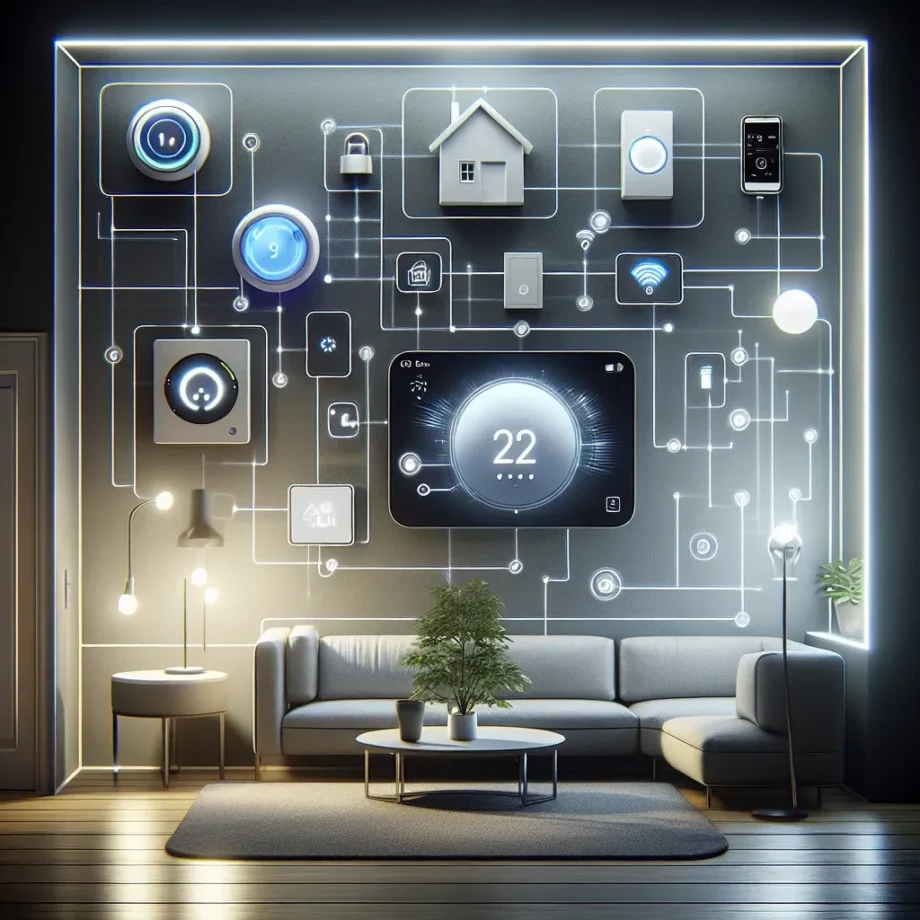
Introduction
The advent of smart home technology has transformed the way we interact with our living spaces. Among these advancements, the Google Home system stands out by introducing predictive automation based on user habits. This innovative feature not only enhances user convenience but also streamlines daily routines, allowing for a more seamless integration of technology into everyday life.
The Evolution of Smart Home Technology
Smart home technology has evolved significantly over the past decade. Initially, devices were limited to basic functionalities such as remote control via smartphone apps. However, with advancements in artificial intelligence and machine learning, systems like Google Home have become more intuitive and responsive to user preferences.
The Role of Predictive Automation
Predictive automation is a feature that leverages user data to anticipate needs and adjust settings accordingly. Google Home analyzes user habits, preferences, and routines to create a personalized smart home experience.
How It Works
At its core, predictive automation relies on data collection. Google Home tracks user interactions, such as:
- Voice commands
- Time of day settings
- Device usage patterns
- Home occupancy
By analyzing this data, Google Home can make informed decisions, such as adjusting lighting, temperature, and even entertainment options without requiring explicit commands.
Benefits of Predictive Automation
The benefits of predictive automation in the Google Home system are manifold:
- Enhanced Convenience: Users no longer need to remember to adjust settings; Google Home does it for them.
- Energy Efficiency: By learning when users are home and adjusting temperature settings accordingly, Google Home can help reduce energy consumption.
- Improved Security: Predictive automation can learn when users are typically away from home and activate security measures, such as locking doors and turning on cameras.
Real-World Examples
Imagine coming home from a long day at work. As you approach your front door, Google Home has already detected your presence through your smartphone’s location. The lights turn on, the thermostat adjusts to your preferred temperature, and your favorite music starts playing. This scenario is not far-fetched; it’s the reality that predictive automation aims to create.
User Testimonials
Many users have reported a significant improvement in their daily lives since integrating Google Home’s predictive automation features. One user mentioned, “I love how Google Home knows when to turn on my coffee maker in the morning. It’s like having a personal assistant!”
Future Predictions
The future of predictive automation looks promising. As more devices become interconnected through the Internet of Things (IoT), the potential for Google Home to enhance predictive features increases exponentially. With advancements in AI, we can expect:
- More accurate predictions based on broader data sets.
- Integration with a wider range of devices, from kitchen appliances to security systems.
- Enhanced user customization options, allowing for more tailored experiences.
Challenges and Considerations
While the benefits are clear, there are also challenges associated with predictive automation:
- Privacy Concerns: The collection and analysis of personal data raise privacy issues that users must consider.
- Dependence on Technology: As users become more reliant on automated systems, they might lose basic skills.
Addressing Challenges
Google has implemented various measures to address these challenges, including robust privacy policies and user control over data sharing. It’s essential for users to stay informed and utilize available privacy settings.
Conclusion
In conclusion, the Google Home system’s introduction of predictive automation based on user habits marks a significant leap forward in smart home technology. It enhances convenience, improves energy efficiency, and offers a glimpse into a future where homes are not just smart but also intuitively responsive to our needs. By understanding the benefits and challenges of this technology, users can make informed decisions about integrating predictive automation into their lives.
